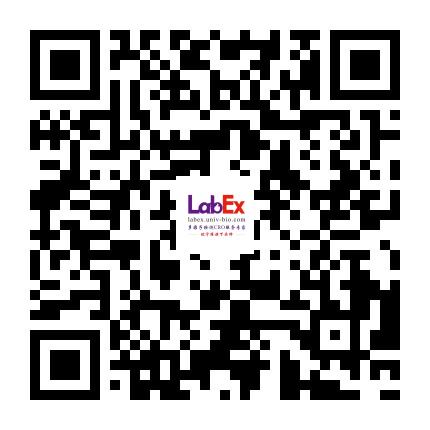Interleukin-6 autoantibodies are involved in the pathogenesis of a subset of type 2 diabetes
Phosphoproteins;肿瘤- J Endocrinol.
- 2010
- 4.669
- 265-73
- Human,Mouse,Non-Human Primate,Rat
- MSD
- Liver and muscle tissue lysates
- 免疫/内分泌
- 糖尿病
- Akt, IR, IRS-1
相关货号
LXMH04-6
Abstract
Interleukin-6 (IL6) is critically involved in inflammation and metabolism. About 1% of people produce IL6 autoantibodies (aAb-IL6) that impair IL6 signaling in vivo. We tested the hypothesis that the prevalence of such aAb-IL6 is increased in type 2 diabetic patients and that aAb-IL6 plays a direct role in causing hyperglycemia. In humans, the prevalence of circulating high-affinity neutralizing aAb-IL6 was 2.5% in the type 2 diabetic patients and 1% in the controls (odds ratio 2.5, 95% confidence interval 1.2-4.9, P=0.01). To test for the role of aAb-IL6 in causing hyperglycemia, such aAb-IL6 were induced in mice by a validated vaccination procedure. Mice with plasma levels of aAb-IL6 similar to the 2.5% type 2 diabetic patients developed obesity and impaired glucose tolerance (area under the curve (AUC) glucose, 2056+/-62 vs 1793+/-62, P=0.05) as compared with sham-vaccinated mice, when challenged with a high-fat diet. Mice with very high plasma levels of aAb-IL6 developed elevated fasting plasma glucose (mM, 4.8+/-0.4 vs 3.3+/-0.1, P<0.001) and impaired glucose tolerance (AUC glucose, 1340+/-38 vs 916+/-25, P<0.001) as compared with sham-control mice on normal chow. In conclusion, the prevalence of plasma aAb-IL6 at levels known to impair IL6 signaling in vivo is increased 2.5-fold in people with type 2 diabetes. In mice, matching levels of aAb-IL6 cause obesity and hyperglycemia. These data suggest that a small subset of type 2 diabetes may in part evolve from an autoimmune attack against IL6.
金课堂之文献解析 文献原文请点击
本网站销售的所有产品及服务均不得用于人类或动物之临床诊断或治疗,仅可用于工业或者科研等非医疗目的。







 沪公网安备31011502400759号
沪公网安备31011502400759号
 营业执照(三证合一)
营业执照(三证合一)


